

You find yourself going through loads of different types of fabric and find a hard time choosing which is which for your next big upcoming project. What do you consider looking at first? The color? The thickness? The price? It all depends on what you are trying to do and how long these projects are made to last. Sewing is an art form and the best way to go about this art form is starting with the right fabric, with the right thickness, and the right quality.
Thick fabric comes in different weights, textures, colors, and styles. In this guide, we will go through how important the thickness of each fabric is, how important it is when considering what would go best with your next project, and how it can affect how long your projects last depending on what kind of fabric you decide to use. We can finally answer the question, which fabric is thick enough for your next project.
Fabric thickness is the distance of two fabric surfaces with a specific amount of applied pressure. Fabric thickness is different for each type of fabric and can make or break the next project you are working on. It can affect comfort, durability, and even the elasticity of a project.
Factors like picking the right sewing machine even as a beginner, are very important since you want your next projects to turn out well. Sewing machines like the Janome are known for their durability and versatility when it comes to working with different types of fabric and are ideal for handling different types of fabric.
The right sewing machine for the right fabric is the best way to take your projects head-on so that there are no issues of machines breaking down and you would never have to face the hassle of finding a new machine in the middle of your project since your fabric might just be too thick for the current machine you have.
To match your machine to the right types of fabric, here are some of the common types of fabric that are used in almost every project.
As mentioned, there are countless types of thick fabric, fabric like canvas, denim, corduroy, tweed, chenille, suede, polyester, and even coated fabrics are all very common when working with fabric. A lot of them are known to serve a specific purpose on each project depending on their thickness and how flexible each fabric is when used with other fabrics.
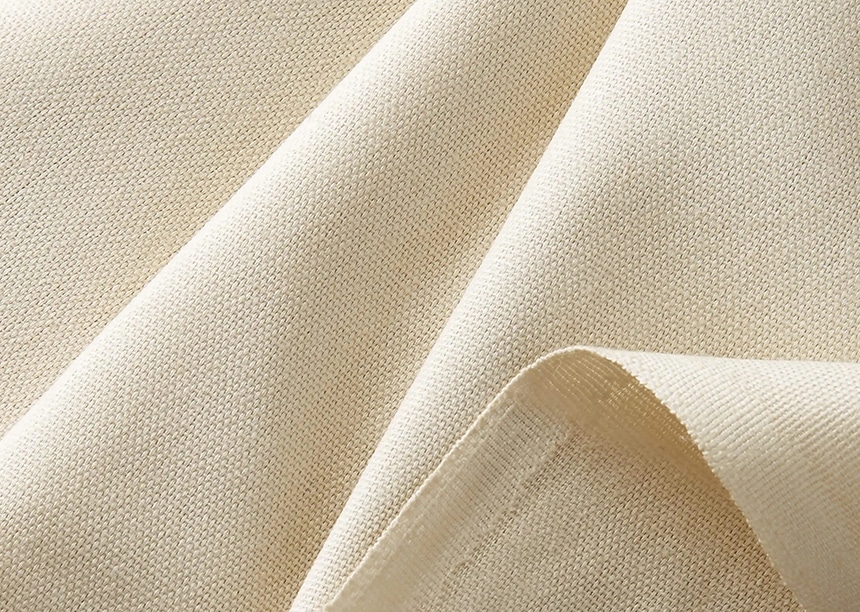
Canvas is most commonly known as the thicker type of fabric. It can either have a specific type of basket weave which is an intricate way of bringing each thread together, or a twill type of weave that has surfaces that are ribbed for specific reasons.
Canvas is readily available in different weights depending on the intended purpose. It is known to be slightly rough and rigid but ideal for projects with furniture, bags, and even clothing on rare occasions.
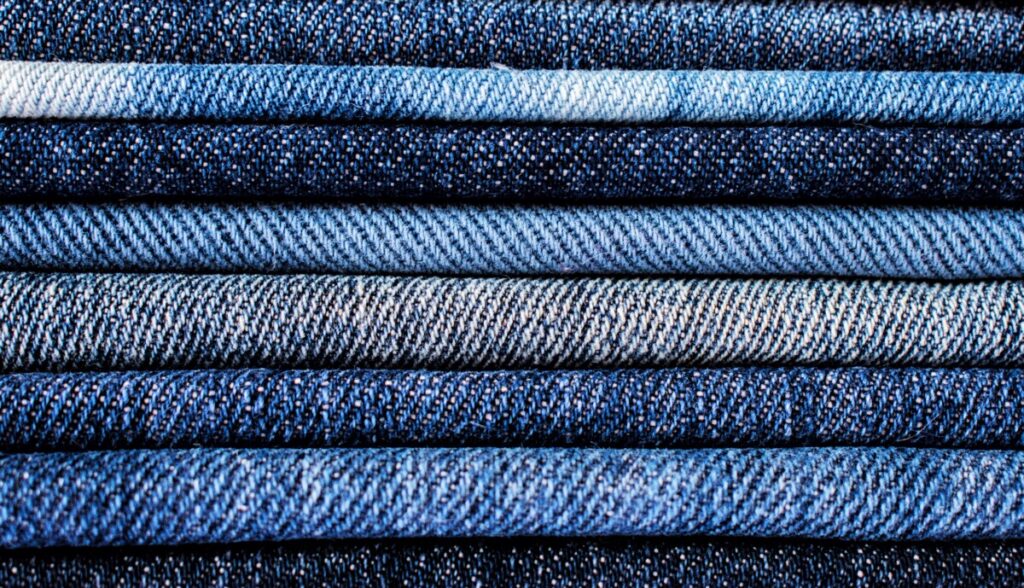
Denim, known as the fabric that can withstand it all, is a very durable type of fabric most commonly seen in pants and even shorts. There are so many different types of denim but each type, due to its twill weave, is very durable and can withstand a lot of stress. It is known to be on the tougher and thicker side, but once you’ve mastered working with denim, your options for projects are limitless. Denim is typically made from cotton or linen fibers carefully woven together to create a very strong fabric.

This type of fabric is also notoriously thick and can require some practice when using it. It is typically grainy in texture and usually has very thin ridges going down its length. It is typically made of cut yarn and woven intricately to make sure that the fabric is very tightly put together.
Due to its soft texture, corduroy is commonly seen as being used in furniture, jackets, and even kid’s clothing. This type of cloth is very soft and very gentle on the skin and is ideal for clothing since it does not irritate the user’s skin and is very easy to clean.

Tweed is a fabric that is made of wool. It is known very well because of its giant part in Scottish and Irish fashion trends. The texture of the tweed is known to be quite rough but very durable. The thickness is above average, which is why this fabric is commonly used for heat insulation and can be found as the main material used in thick winter jackets.

This fabric is named after a French word due to its resemblance to the fur that is usually found on caterpillars. Chenille is very soft and is made of beautifully woven yarn that is also made of olefin, rayon, cotton, or silk. This fabric is commonly used in clothing due to its very soft texture.
Chenille fabric, due to its very soft and delicate texture, can be used on bed sheets, pillowcases, scarves, shawls, and even very luxurious quilts with very intricate designs.
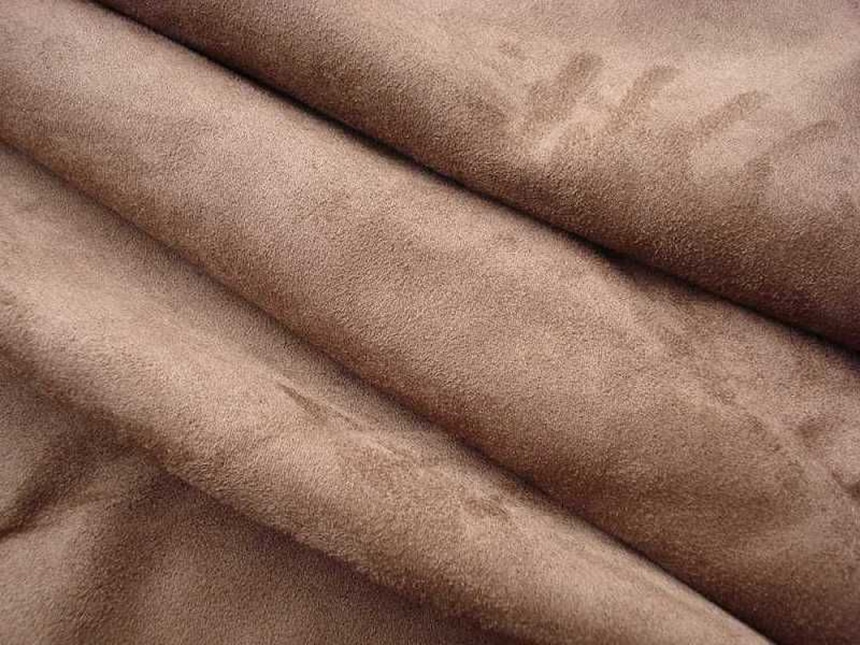
Suede is known to be very durable compared to typical cloth fabrics. It is made of the underside of an animal’s skin that is separated from the top layer, to create softer, thinner, and more flowy leather.
This type of fabric looks very soft or smooth depending on the type of animal skin that is used in the production process. Suede is commonly used in footwear and outerwear due to its heat insulation properties; it makes the perfect fabric to use when the goal is to keep the user warm. It is also very commonly used in luxury items like coats and robes.
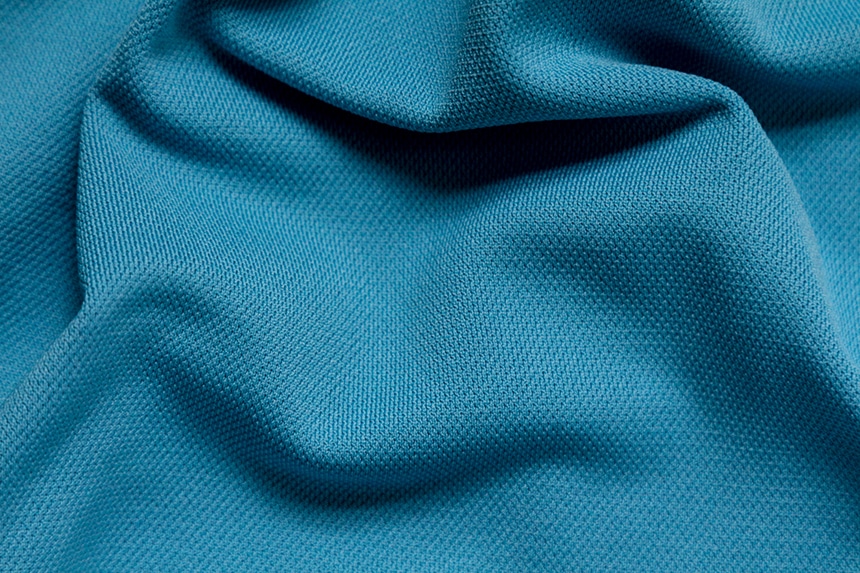
Polyester is made out of thin synthetic polymer yarn that is man-made. This type of fabric is very durable and can resist the effects of many chemicals, it is very easy to dye and can retain its shape even when stretched out. Polyester is also one of the easiest fabrics to take care of since it can be quickly washed and dried like any other cloth fabric at home. It dries very quickly, which is why this type of fabric is an ideal choice for clothing used in sports and outdoor activities.
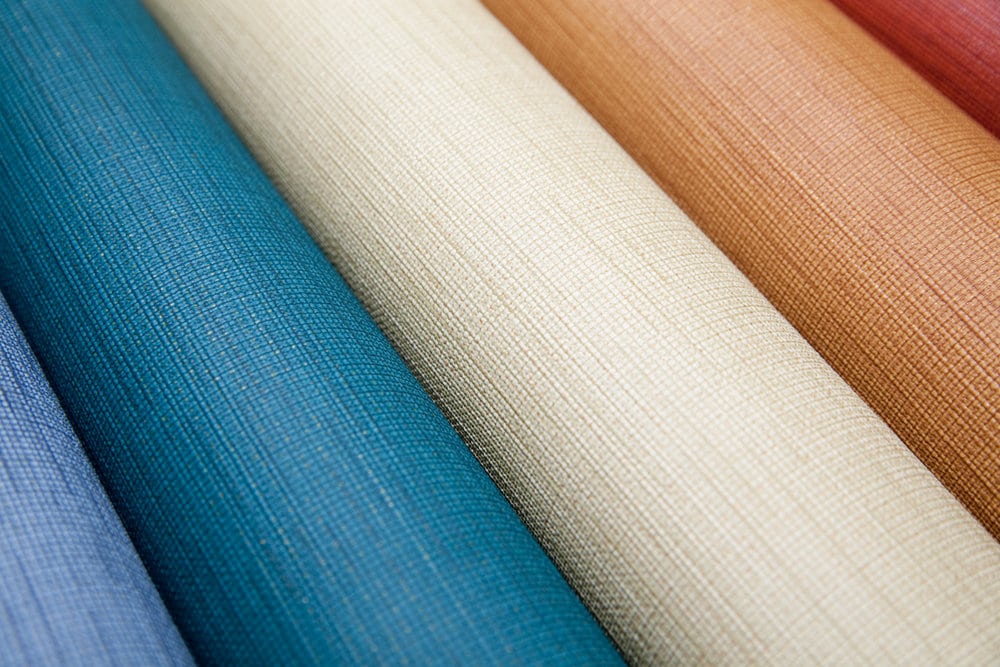
Coated fabrics are one of the thickest types of fabrics on this list. It is made up of polyester that is coated with a layer of plastisol. This type of fabric can typically be used when making outdoor equipment, waterproof clothing, and ever the jackets of firefighters.
Coated fabrics are designed to withstand harsh conditions caused by nature and the environment that the fabric is usually exposed to. This fabric is very thick and quite heavy depending on the type of coating it has.
Some fabrics take time and practice before mastering them. Certain types of fabric may seem stiff and difficult to work with because of their texture, but depending on the starch that is used on them, it is highly recommended that you pre-wash any fabric that you plan to be working with so you can observe how they behave in their rawest and most workable forms.
The machine used for each type of fabric is a giant factor in working with thicker material. Make sure to observe the limits of your machine and what it can and can’t deal with. The correct type and size of the needle have to be considered as well. Fabric cutters are perfect for thicker fabrics as well, to make sure you get them in the right shape and form before working on them for your project.
Make sure to study fabric you would like to use, match it with the project that you would like to accomplish. The more familiar you are with the fabric you are working with, the better the chances are of you completing your project successfully. For more knowledge on how to deal with different types of textiles, you can look up
textiles
Trusted Source
Textile - Wikipedia
A textile is a flexible material made by creating an interlocking network of yarns or threads, which are produced by spinning raw fibres (from either natural or synthetic sources) into long and twisted lengths. Textiles are then formed by weaving, knitting, crocheting, knotting, tatting, felting, bonding, or braiding these yarns together.
en.wikipedia.org
online to get a thorough break down of how certain fabrics are made and what they are used for.
Thick fabrics may be difficult to work with at times, depending on the project you are trying to complete. Matching the correct fabric, with the right machine, the right needle, and a right project is an art form that may take time to master. For beginners who would like to learn more about how to work with different types of fabric, nothing beats going hands-on and experiencing what each fabric can do, what each thick fabric feels like to the touch of your skin. Before finalizing a project, make sure that your machine can handle the material and if you have the correct tools to handle certain types of fabric, and that you have considered your options when it comes to the needles you use for each type of fabric.